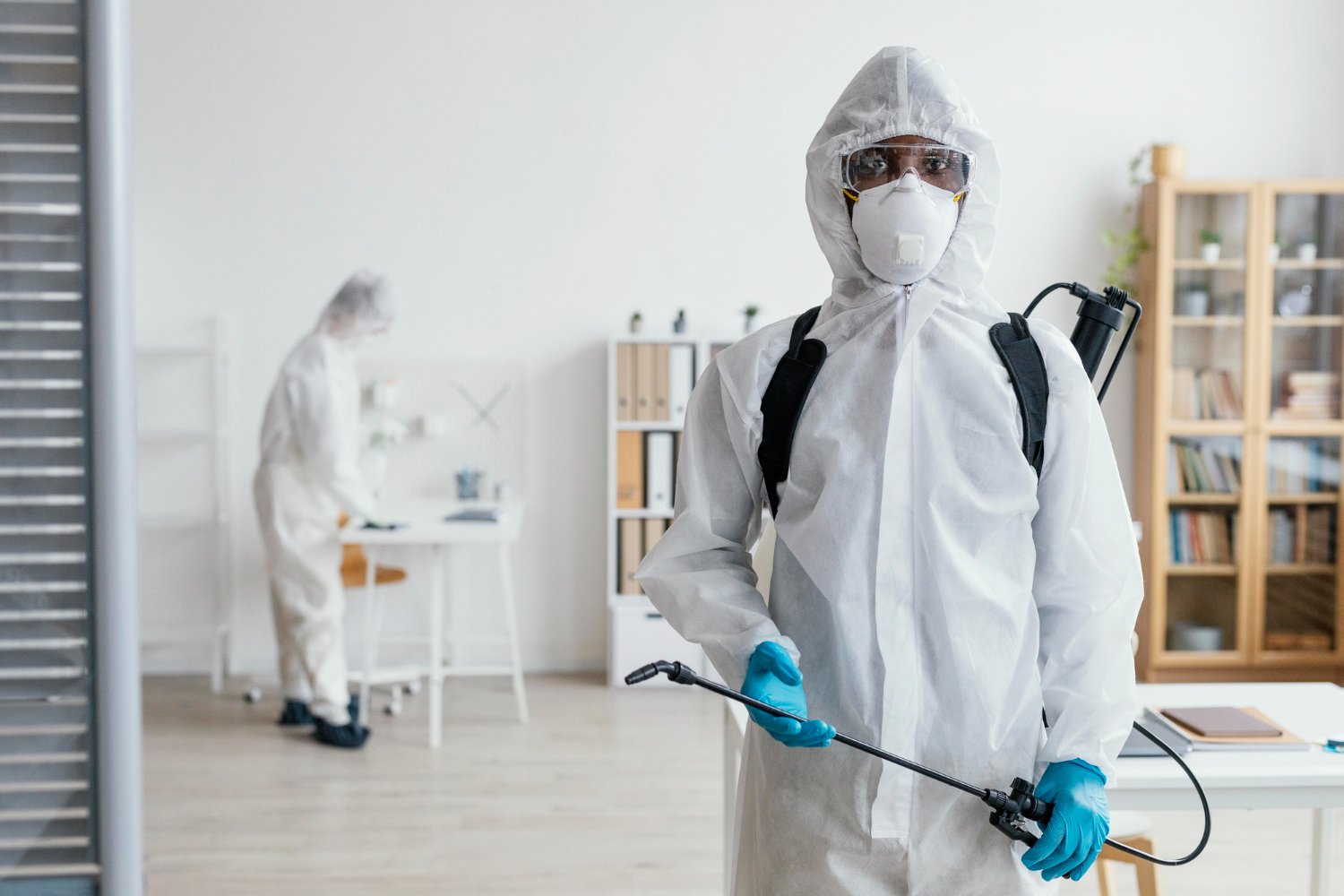Experienced A1 Exterminators Charlotte NC - Fast and Trusted Solutions
Experienced A1 Exterminators Charlotte NC - Fast and Trusted Solutions
Blog Article
Bed Bug Treatment Break Down: Contrasting Chemical Vs. Non-Chemical Solutions
In the realm of pest control, particularly when dealing with the consistent problem of bed pests, the choice between chemical and non-chemical therapy solutions can be an essential one. Both strategies provide distinct advantages and disadvantages, affecting aspects such as efficiency, safety factors to consider, and overall expense. By analyzing the nuanced details of each approach, a more clear understanding of which course to go after in dealing with a bed bug infestation can be acquired.
Effectiveness of Chemical Treatments
Chemical treatments for bed bug infestations have actually been commonly identified for their quick and powerful efficiency in getting rid of these bugs. When thinking about the efficiency of chemical therapies, it is essential to understand that they can provide a quick and thorough option to a bed insect trouble.
Furthermore, chemical treatments have the advantage of offering residual results, meaning that they can remain to eliminate bed insects also after the initial application. This recurring activity is specifically valuable in combating any prospective re-infestations. Furthermore, the fast activity of chemical treatments can bring alleviation to individuals dealing with extreme bed bug problems, permitting them to gain back control of their space swiftly.
Safety And Security Interest In Chemical Solutions
When making use of chemical services for bed pest treatment is making certain the safety and security of passengers and the environment,One critical facet that needs careful factor to consider. While chemical therapies can be effective in eradicating bed insects, they might position risks otherwise handled correctly. Among the main security interest in chemical remedies is the prospective damage they can trigger to human health. Direct exposure to specific chemicals made use of in bed pest therapies can result in respiratory issues, skin inflammation, or other negative responses, especially in people with pre-existing problems or sensitivities. In addition, incorrect application or dosage of chemical pesticides can cause hazardous residues lingering in the cured location, posturing lasting health risks to occupants.
Furthermore, the environmental impact of chemical options is an additional considerable factor to consider. Some pesticides made use of in bed insect therapies may be damaging to helpful pests, wildlife, and ecosystems if they seep into the soil or water systems. It is essential to use chemical treatments sensibly, complying with safety and security guidelines, and thinking about less hazardous options to mitigate these dangers and make certain the efficient and secure administration of bed bug invasions.
Benefits of Non-Chemical Techniques
Considering the prospective safety problems and environmental impact associated with chemical options for bed insect therapy, checking out non-chemical strategies presents an encouraging option with a number of distinctive benefits. Non-chemical treatments are ecologically friendly, as they do not contribute to air or water pollution, making them a lasting choice for bug control.
Furthermore, non-chemical solutions can be effective in targeting bed insects, consisting of hard-to-reach areas where chemical therapies may not pass through - A1 bed bug exterminator charlotte. Approaches such as heat therapy, vacuuming, vapor cleansing, and bed mattress coverings offer detailed elimination without Learn More the usage of unsafe chemicals.
Limitations of Non-Chemical Treatments

Additionally, non-chemical treatments commonly require multiple applications to attain successful removal. This can be taxing and may not constantly assure check this total elimination of all bed pests and their eggs, specifically in hard-to-reach or surprise areas.
In addition, the success of non-chemical therapies greatly relies on correct execution and thoroughness, which can be testing for individuals without specialist proficiency. Poor application of non-chemical approaches might lead to incomplete eradication, bring about relentless infestations and the need for additional treatments.
Therefore, while non-chemical therapies have their benefits, it is necessary to acknowledge these constraints and consider them when determining one of the most reliable technique for handling bed insect problems.
Cost Comparison: Chemical Vs. Non-Chemical Options
Provided the limitations linked with non-chemical treatments, a vital element to evaluate in the context of bed bug management is the expense comparison in between chemical and non-chemical options. In comparison, non-chemical therapies like warmth therapy or heavy steam can be much more expensive, with costs varying from $1,000 to $6,000 for an entire home. While the initial cost of chemical treatments might appear reduced, numerous treatments might be called for to totally get rid of the problem, possibly enhancing the general cost.
Conclusion

Considering the potential safety and security concerns and ecological influence associated with chemical remedies for bed insect therapy, exploring non-chemical approaches presents an encouraging choice with several distinctive advantages.Offered the constraints associated with non-chemical therapies, a crucial aspect to review in the context of bed pest monitoring is the cost comparison in between chemical and non-chemical options. In contrast, non-chemical treatments like warm therapy or vapor can be much more expensive, with expenses ranging from $1,000 to $6,000 for an entire home. While the preliminary expense of chemical therapies may appear lower, numerous treatments may be required to completely eliminate the infestation, potentially raising the overall cost.In conclusion, when comparing chemical and non-chemical bed bug treatment alternatives, it is necessary to think about performance, security, benefits, constraints, and cost.
Report this page